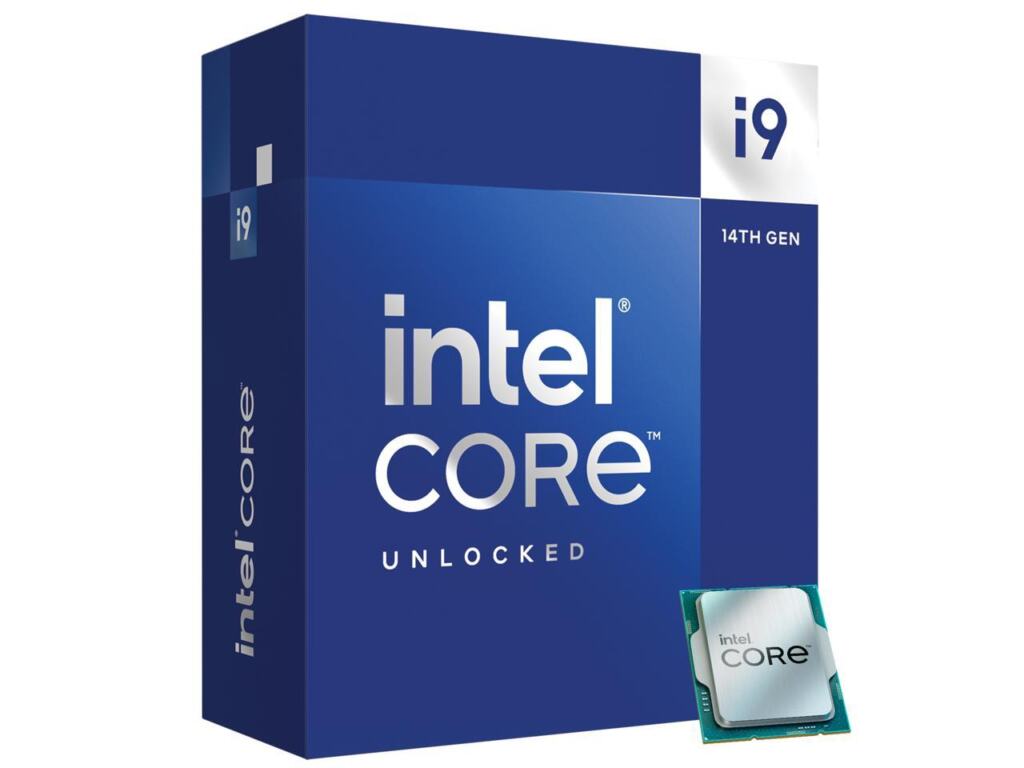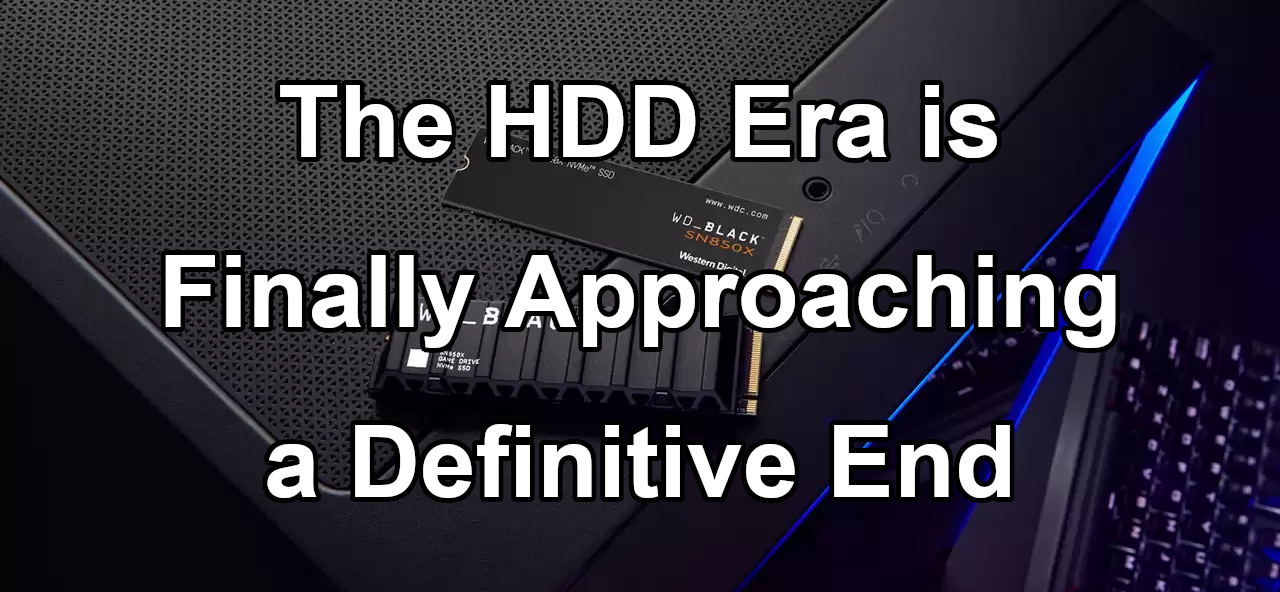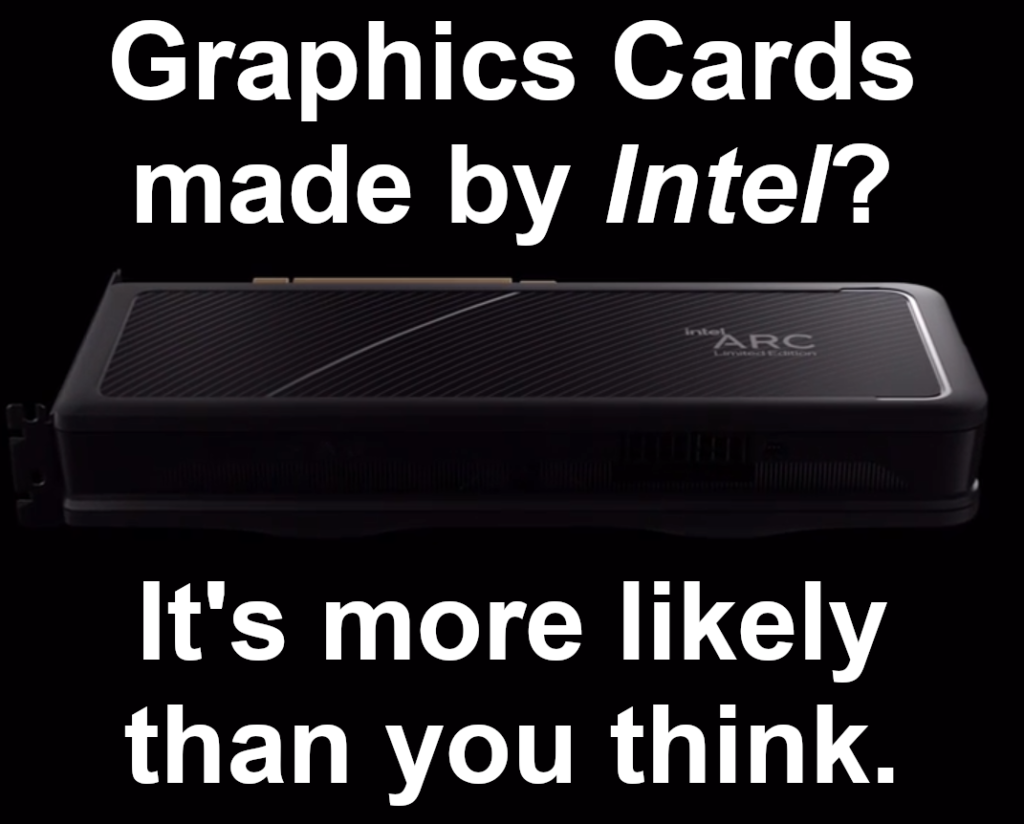
nVidia has recently released three refreshed cards, the RTX 4070 Super, RTX 4070 Ti Super, and the RTX 4080 Super.
That is a lot of Supers! Let us take a look at each, in brief.

nVidia has recently released three refreshed cards, the RTX 4070 Super, RTX 4070 Ti Super, and the RTX 4080 Super.
That is a lot of Supers! Let us take a look at each, in brief.

What gift do you get this holiday season for the computer builder in your life?
Well, first of all, probably not computer parts! Unless they’ve asked for a specific component, there’s a good chance you’d be giving them something redundant or unwanted.
But don’t worry! There are still plenty of things that the average PC builder could receive that are almost never redundant (like additional storage space) or which a builder is unlikely to have bought for themselves (like an uninterruptible power supply). Good gift ideas for PC building enthusiasts are what this list is all about.
The following 10 gifts ideas cover a spectrum of prices, and are sure to find use on or near the desk of any friend or family member who’s into building computers. Of course, suggestions you get directly from the intended recipient should always be prioritized; but if you haven’t received any guidance from them, these ideas will surely come in handy. Let’s begin!

In a world where visuals speak louder than words, video editing and animation have emerged as potent tools to tell compelling stories. For professionals venturing into the realms of cinematic or animated storytelling, the centrepiece of their tech arsenal is undeniably the graphics card. The graphical prowess doesn’t just define the quality of visuals but also the efficiency and speed of rendering them.
Here, we unearth the graphics cards that stand out in the tail end of 2023 for their remarkable capabilities in video editing and animation.

I am always excited by hardware launches! The feeling of fresh, new, unexpected hardware! Progressing technology, things getting faster, or cooler, or cheaper, or all three at the same time. It is wonderful, and it is a feeling I look forward to with each launch…
Intel just launched its Raptor Lake refresh CPUs, adding a (hopefully) fresh coat of paint and renewing its Raptor Lake lineup from last year.

One year ago (almost to the day) Intel presented its A770 and A750 cards to the world. These were reasonably priced cards with reasonable performance, but were not added to our build chart then because—in addition to other minor issues with them—they suffered from two major flaws:
It has been a year, and you still need a system that has Resizable BAR, but that is available on all modern platforms launched in the last ~3 years, so it is less of an issue. More importantly, Intel’s latest drivers have dramatically improved performance in older games, between 20%-40%! That is a huge improvement.
Today, Intel launched the A580, prompting a second look into Intel’s previous cards. Since all three are based on the same silicon, we will look at them together.

We all know that HDDs are essentially obsolete as a technology, as SSDs now do everything better. But HDDs have continued to be manufactured and recommended, as they have one very desirable advantage: A lower price.
SSDs have been getting cheaper though, and have overtaken HDDs in some price segments…

AMD has released two new graphics cards, the RX 7800 XT ($500) and the RX 7700 XT ($450). One is decently good, and the other is… standard for AMD launches.

Fig. 1: Our prediction of the only graphics card nVidia will release in the year 2026 (projected MSRP: $20,000)
Greetings. This article was painful to write. Every section hurt, and every section gets progressively more painful. But the truth can hurt, so read on.
The consumer PC world is headed down a bad path:
There is a major focus by PC part manufacturers to produce extremely expensive and overpowered products, with the mid-tiers and the low-end being neglected. There might be no annihilation and havoc in the personal computer sector immediately, but most consumers are unhappy. If things continue as they are, normal PC buyers may choose to opt out, shrinking the market significantly. With fewer and fewer customers in the long-term, some component manufacturers may find themselves facing their own end-of-life.
Come walk with me, friendly reader, down memory lane, and I will show you how we ended up here… and where we might be going next.

The majority of PC part launches from established companies are successes, as professionals usually try to design good products for the purpose of attracting customers.
From time to time, however, the human beings at such companies make mistakes, or go overboard on the alcohol, or let the engineers dream a little too much. The past week gave us a rare and beautiful opportunity to see not one but two hugely entertaining slipping-on-banana-peel-tier product launch failures, with a pratfall each from nVidia and AMD.

Rumours of an Intel entry into the graphics card market have been circulating for years, and many people had eagerly anticipated the arrival of a third player to the discrete GPU space.
Well, it happened. A few days ago, Intel released the Arc A750 and Arc A770 cards. Let us take a look at the good and the bad of this launch.